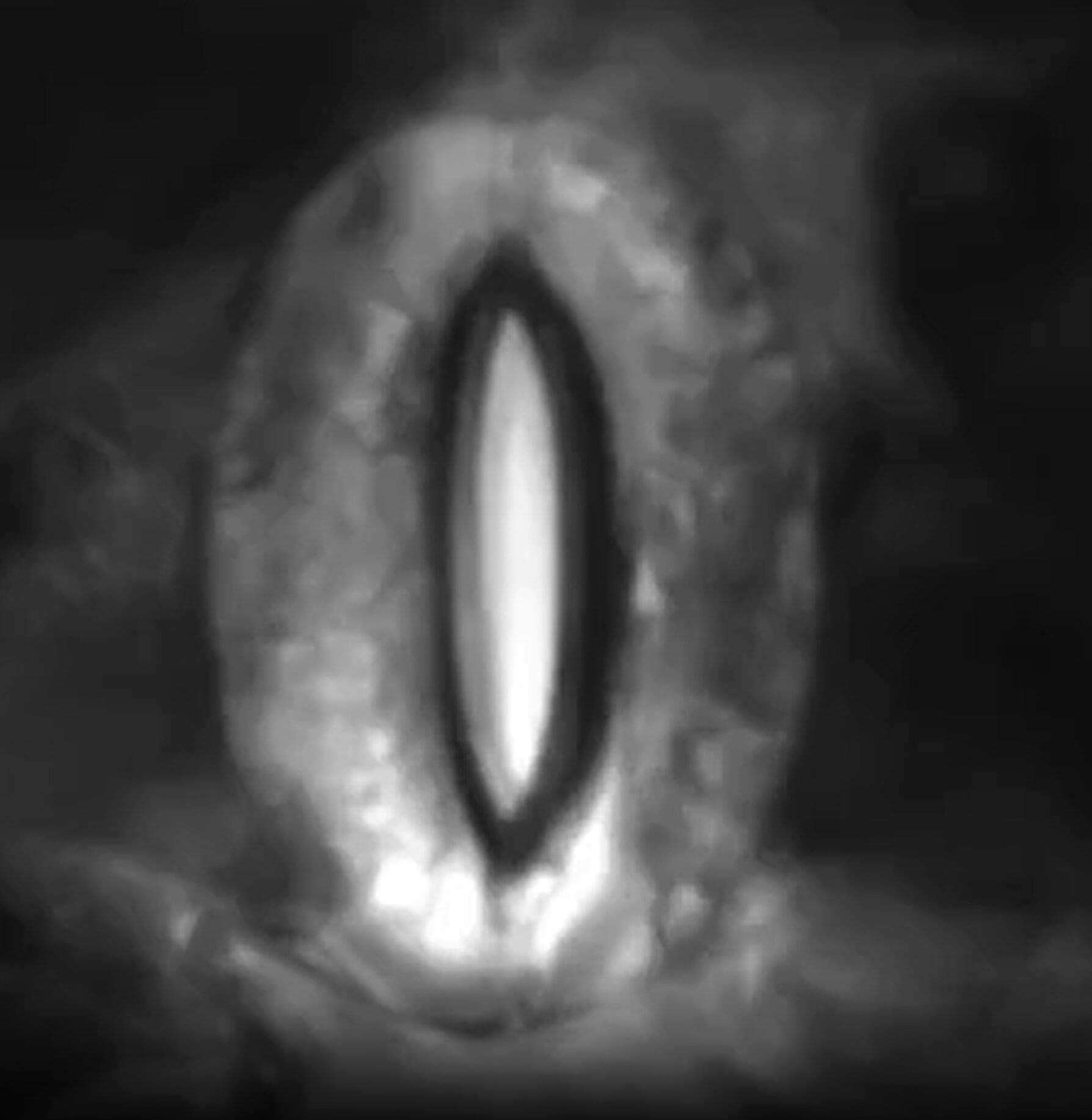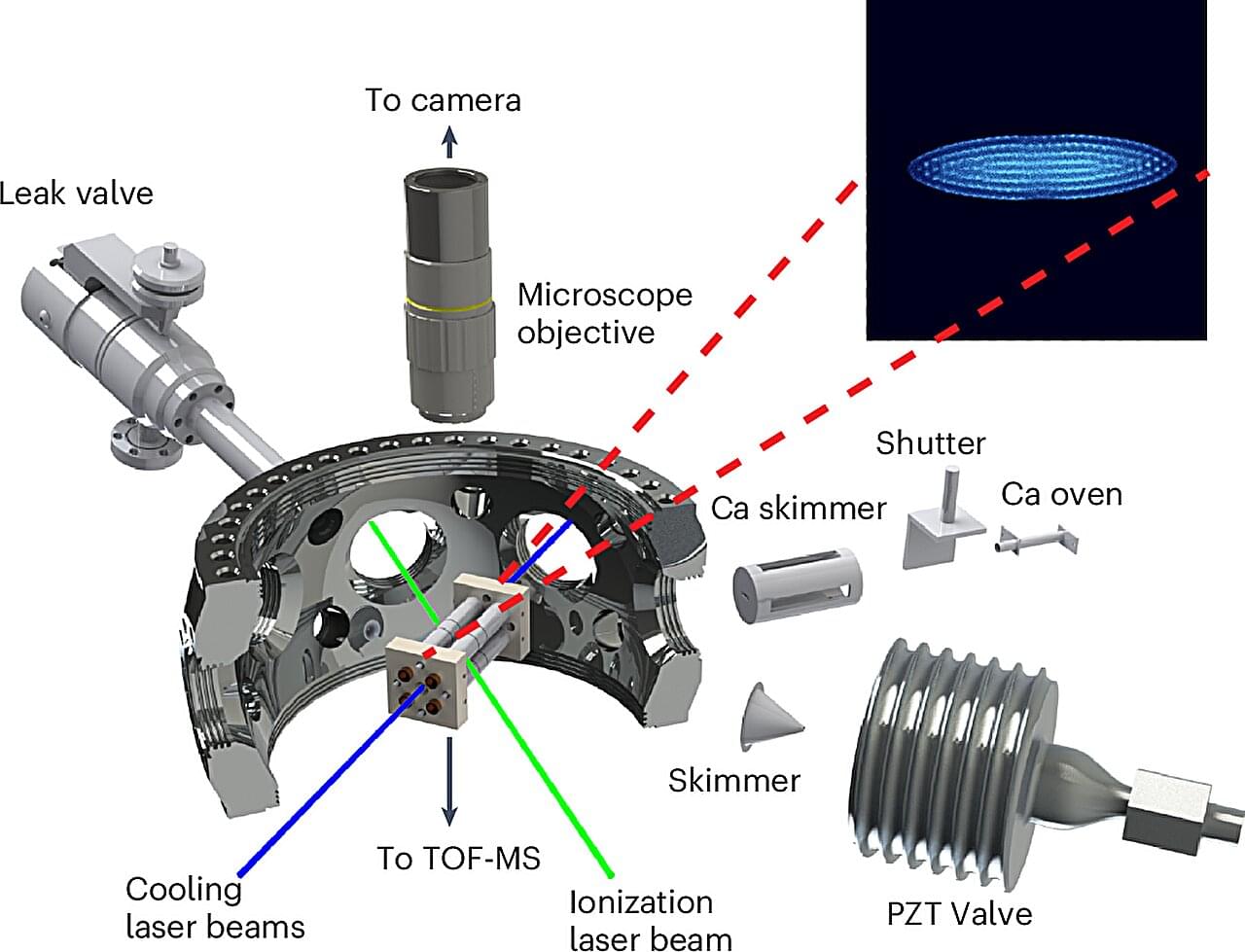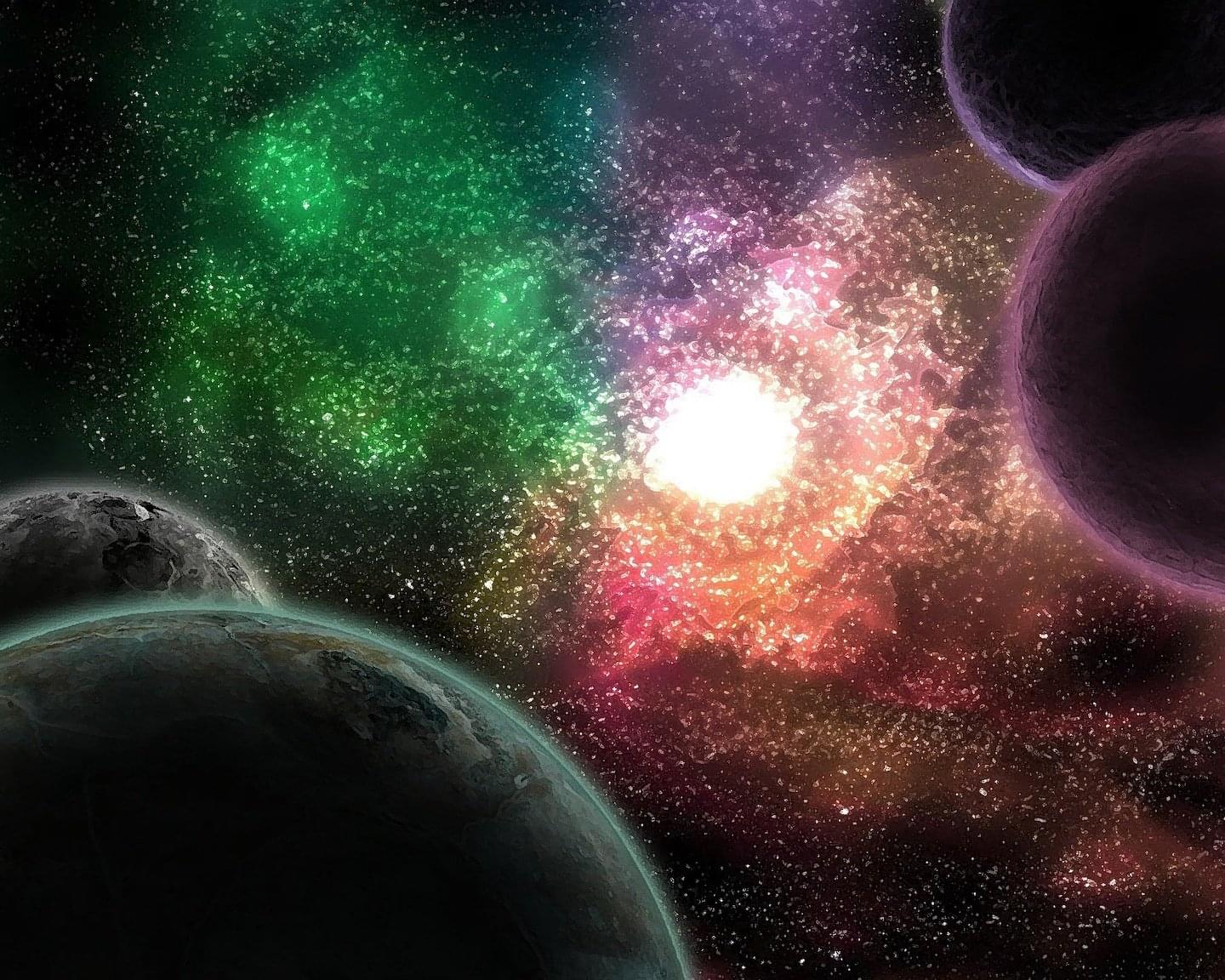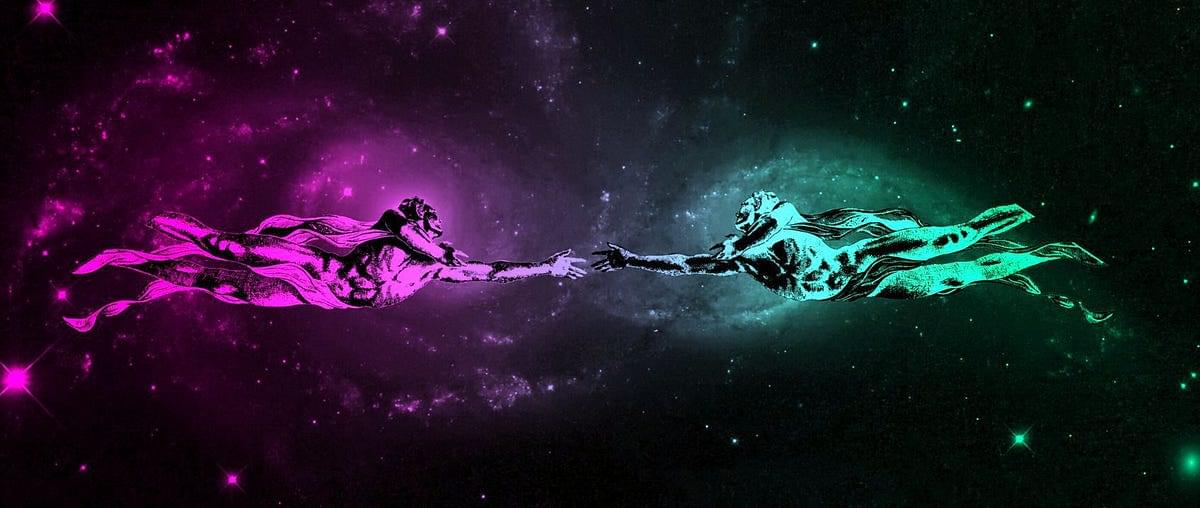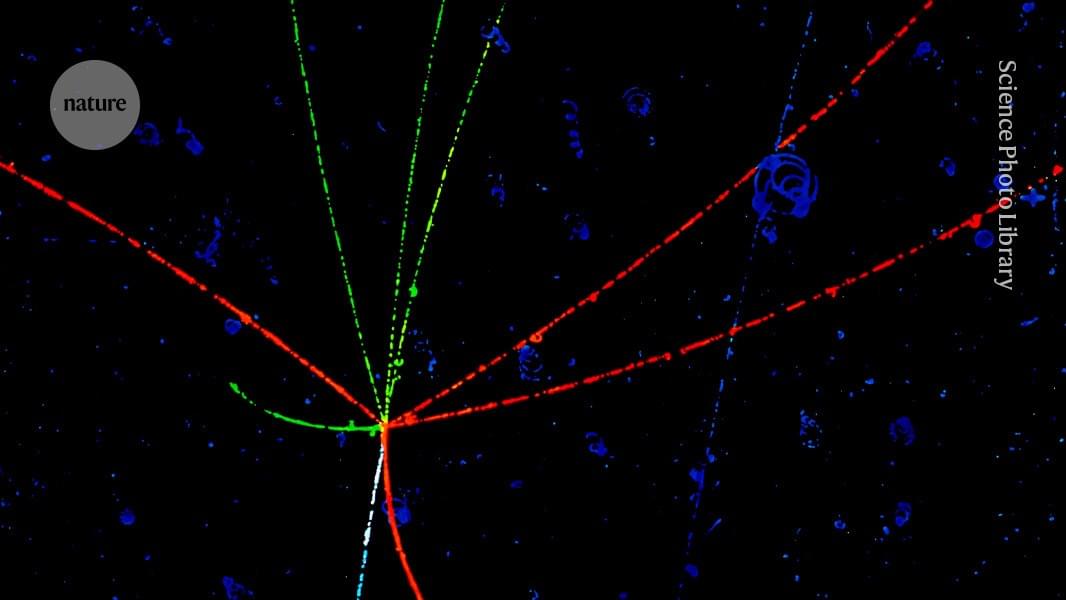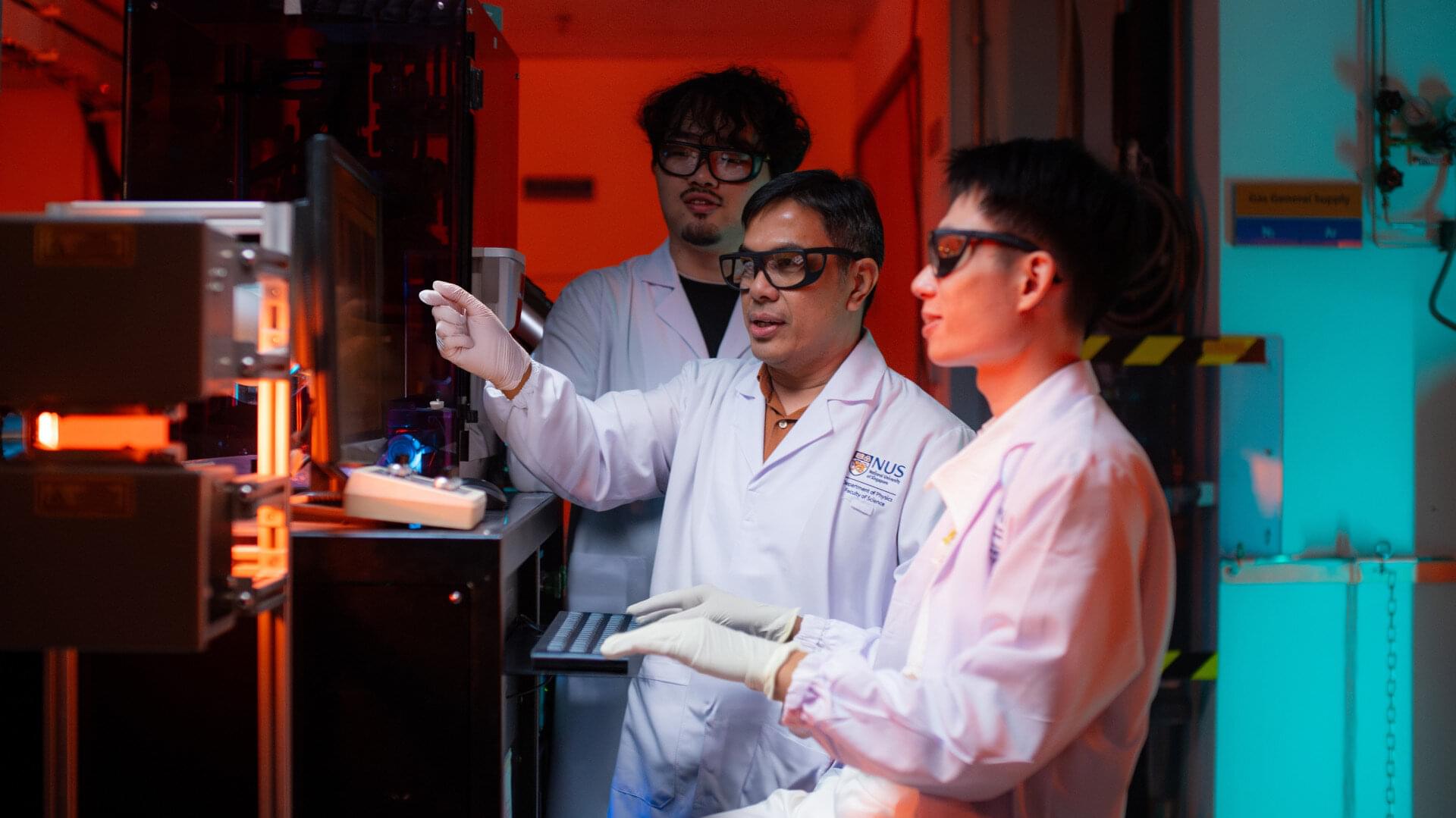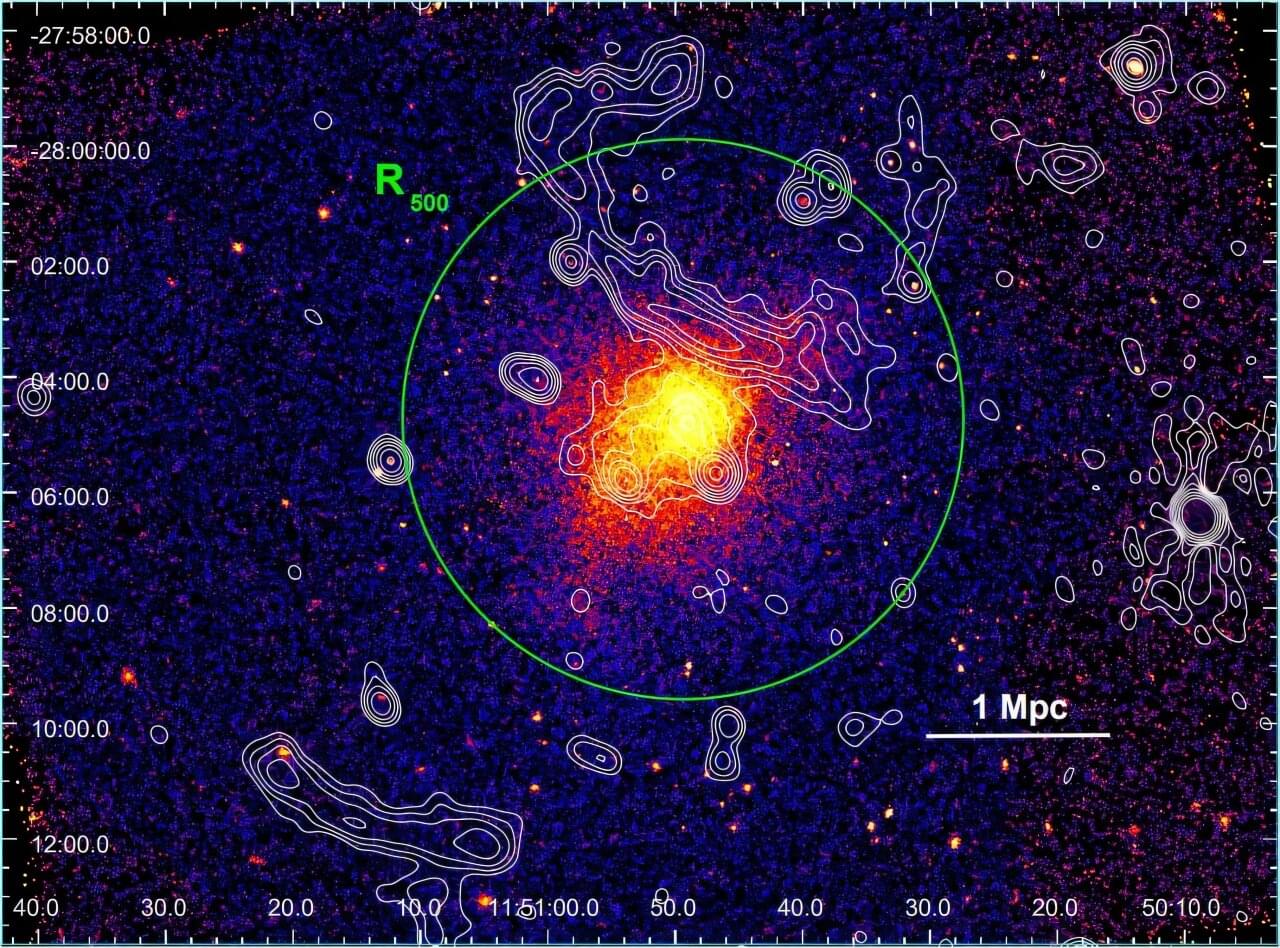Every time the temperature drops, a cloud passes overhead, or the sun sets, a plant makes a choice: Keep its microscopic pores, called stomata, open to absorb carbon dioxide and continue photosynthesizing or close them to protect its precious stores of water. That capacity to open and close pores requires the plant to respond to subtle environmental changes by adjusting the pressure within the cells of the stomata—a complex ability that plants evolved over hundreds of millions of years.
An interdisciplinary team of biologists, physicists, and engineers, led by researchers at the Yale School of the Environment, has developed a method to observe those pressure changes. The new approach, detailed in a study published in PNAS, vastly expands the rate at which—and the number of species from which—scientists can take measurements, opening up new possibilities for research on plant evolution and physiology with valuable applications for improving water efficiency, the researchers said.
“Almost every single land plant is using this principle of internal pressure in order to grow, reproduce, and do everything a plant does, but we previously had basically no access to this measurement,” said Craig Brodersen, the Howard and Maryam Newman Professor of Plant Physiological Ecology and the lead author of the study.
